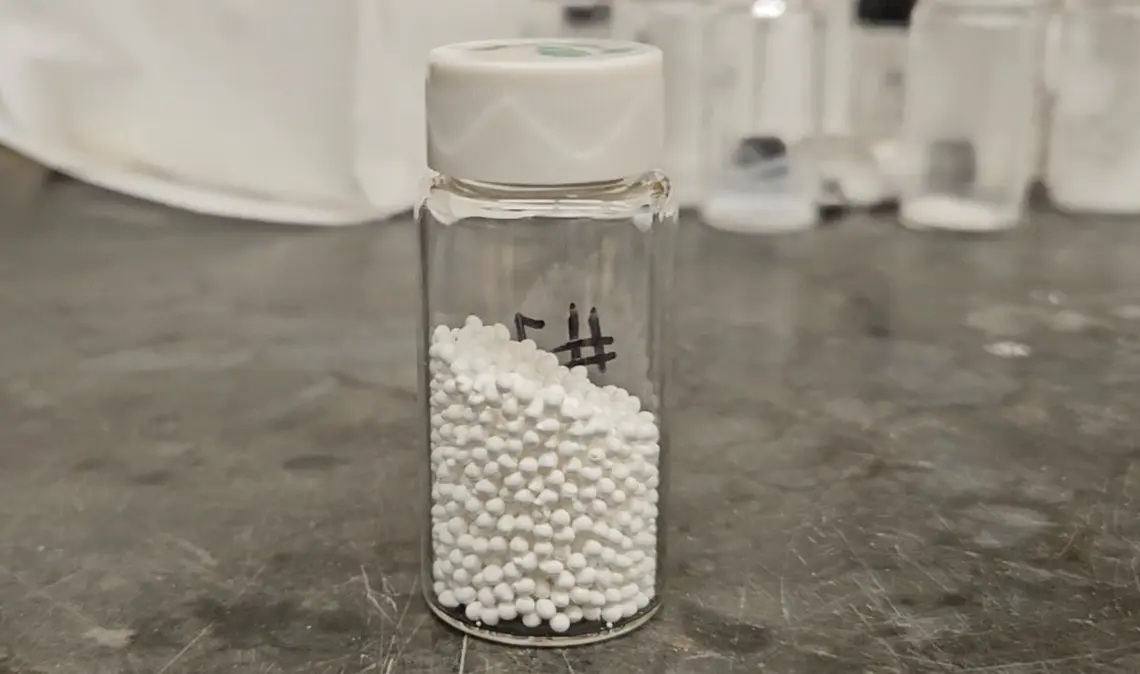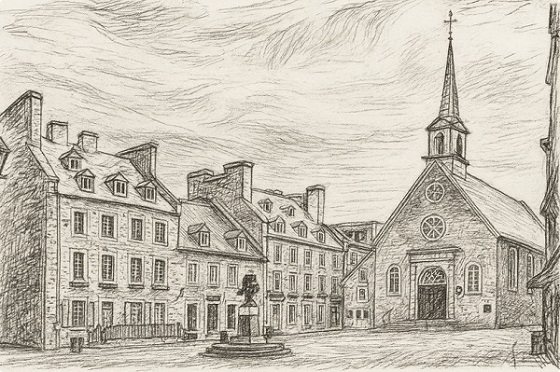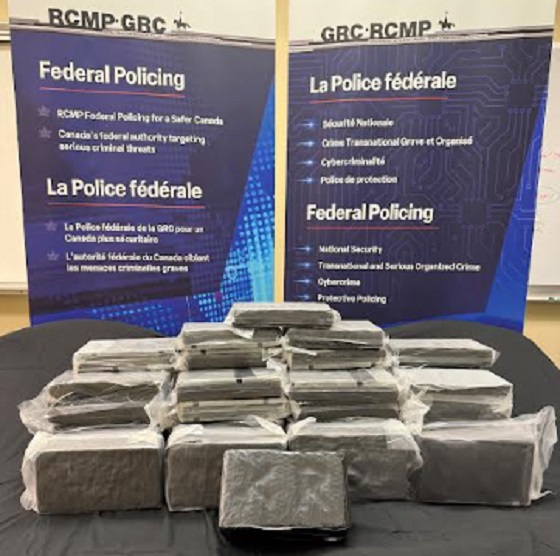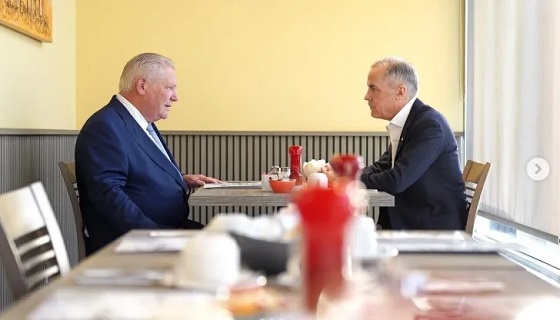Alberta
What My Brother’s Suicide Taught Me About Living
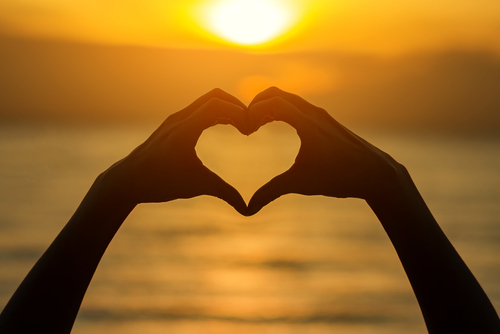
My brother Brett died 3,285 days ago today. 9 years. It feels like a hundred. It also feels like yesterday. But whereas others have moved on with their lives, I am one of the few left counting. Please don’t get me wrong, I am glad others have moved on. He would be glad too. But my life and how I see it has changed forever.
The morning I learned of my brother’s passing was a day I will never forget. I miss him very much and at times I am still overwhelmed with enormous grief and paralyzing sadness. All these year later when I think about him, warm tears instantly well up in my eyes and roll down my cheeks.
Typically, those feelings catch me off guard: a song, a memory, a family event like our Uncle’s 70th birthday last year where for me his absence is always felt. Or a wedding or the birth of a baby, events that bring so much joy and happiness, yet I always remember that my brother will never experience two of those life’s greatest moments.
It may not make sense to some but my most of my hardest hitting moments are at times when I am happy, not times when I am sad. I am forever left with the feeling of “I wish my brother was here.”
The last time I saw my brother is etched forever in my mind.
A surprise 43rd birthday party for me in December of 2011 filled with love and laughter. That cold, snowy evening ended as usual—a hug, a kiss on the cheek.
“I love you,” I whispered in my brother’s ear.
“I love you, too,” Brett replied to me, like a thousand times before.
That was the last time I would ever see my brother.
Nine years ago, a little after 3 a.m., on March 19, 2012, I was awoken by my husbands’ words, “Jodee, I think someone is here.” I still remember vividly the image of four black pant legs with yellow stripes on the doorstep as my husband opened the front door.
My brother had taken his own life.
The World Health Organization estimates that each year approximately 800,000 people die from suicide, which accounts for one death every 40 seconds. Some sources predict that by 2021 that will increase to one death every 20 seconds.
These deaths are our sons, daughters, moms, dads, husbands, wives, brothers, sisters, aunts, uncles, friends, neighbors, and co-workers. And in the approximately five minutes it takes you to read this article, seven people will have taken their life. Seven families, friends and loved ones will very shortly feel a pain like no other, their lives changed forever.
My brother’s death taught me so much, not about dying but about living. I try to remember to cherish life every day, to be open-minded, empathetic, and understanding, and to tell the ones I care about that I love them. I strive and am successful in not being bitter, angry and blaming as those emotions serve no purpose other than to break my spirit and keep me stuck. I work hard to remember that not everyone has the same opinion, that we all experience life and the circumstances surrounding it differently. So, I never get argumentative when others do not agree with my perspective. They have not lived my life, nor I theirs. Without realizing it, my brother and his complicated journey taught me that you never know what someone else may be going through, so I try to be kind.
Because of my brother and his absence, the beauty of life is always fresh in my mind.
It doesn’t mean that I don’t wish he was here, or that I don’t love him. It doesn’t mean I’m not feeling an underlying sense of sadness. But in his memory, I try to appreciate and enjoy life everyday.
I have made a conscious choice to celebrate how precious life is. That it is filled with so much beauty at the same time can be filled with heartache, challenges and hardship. I am blessed to live in the small town of Sylvan Lake; the water brings me joy and peace. It always has, which I believe stems from my childhood with my brother. Family vacations where we were blissfully happy and constantly in the water.
As much as I can I breathe the fresh Alberta air; I swim in the water and feel the warmth of sunshine on my face. I love the sand between my toes. Because of my brother, I remember how short life is and you can’t take any day for granted. You never know what tomorrow may bring. In fact, you never know if there will be a tomorrow at all.
Today, I celebrate the lives and memory of everyone who has lost their lives to suicide and the families that love them.
Today, my sweet brother, I celebrate the memory and love I have for you.
Jodee Prouse is a sister, wife, mom, and author of the powerful memoir, The Sun is Gone: A Sister Lost in Secrets Shame & Addiction & How I Broke Free. She is an outspoken advocate to help eliminate the shame & stigma surrounding addiction & Mental Illness. Follow her on facebook @jodeetisdaleprouse
If you or someone you know needs help, call the Canadian Suicide Prevention Service at 1-833-456-4566. If you think someone is in immediate danger, do not leave them alone, stay with them and call 911.
Alberta
Nobel Prize nods to Alberta innovation in carbon capture
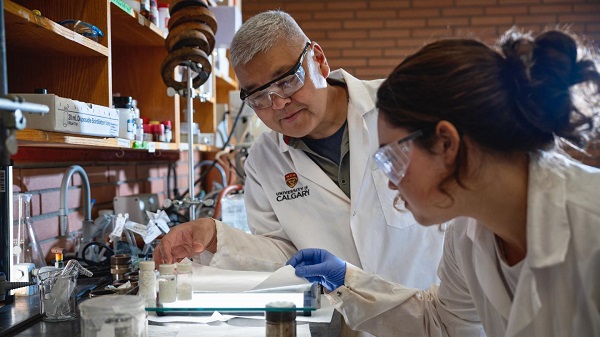
From the Canadian Energy Centre
‘We are excited to bring this made-in-Canada innovation to the world’
To the naked eye, it looks about as exciting as baking soda or table salt.
But to the scientists in the University of Calgary chemistry lab who have spent more than a decade working on it, this white powder is nothing short of amazing.
That’s because the material they invented is garnering global attention as a new solution to help address climate change.
Known as Calgary Framework-20 (CALF-20 for short), it has “an exceptional capacity to absorb carbon dioxide” and was recognized in connection with the 2025 Nobel Prize in Chemistry.
“It’s basically a molecular sponge that can adsorb CO2 very efficiently,” said Dr. George Shimizu, a UCalgary chemistry professor who leads the research group that first developed CALF-20 in 2013.
The team has been refining its effectiveness ever since.
“CALF-20 is a very exciting compound to work on because it has been a great example of translating basic science into something that works to solve a problem in the real world,” Shimizu said.
Advancing CCS
Carbon capture and storage (CCS) is not a new science in Alberta. Since 2015, operating projects in the province have removed 15 million tonnes of CO2 that would have otherwise been emitted to the atmosphere.
Alberta has nearly 60 proposed facilities for new CCS networks including the Pathways oil sands project, according to the Regina-based International CCS Knowledge Centre.
This year’s Nobel Prize in Chemistry went to three of Shimizu’s colleagues in Japan, Australia and the United States, for developing the earliest versions of materials like CALF-20 between 1989 and 2003.
Custom-built molecules
CALF-20 is in a class called metal-organic frameworks (MOFs) — custom-built molecules that are particularly good at capturing and storing specific substances.
MOFs are leading to new technologies for harvesting water from air in the desert, storing toxic gases, and capturing CO2 from industrial exhaust or directly from the atmosphere.
CALF-20 is one of the few MOF compounds that has advanced to commercial use.
“There has been so much discussion about all the possible uses of MOFs, but there has been a lot of hype versus reality, and CALF-20 is the first to be proven stable and effective enough to be used at an industrial scale,” Shimizu said.
It has been licensed to companies capturing carbon across a range of industries, with the raw material now being produced by the tonne by chemical giant BASF.
Carbon capture filter gigafactory
Svante Inc. has demonstrated its CALF-20-based carbon capture system at a cement plant in British Columbia.
The company recently opened a “gigafactory” in Burnaby equipped to manufacture enough carbon capture and removal filters for up to 10 million tonnes of CO2 annually, equivalent to the emissions of more than 2.3 million cars.
The filters are designed to trap CO2 directly from industrial emissions and the atmosphere, the company says.
Svante chief operating officer Richard Laliberté called the Nobel committee’s recognition “a profound validation” for the entire field of carbon capture and removal.
CALF-20 expansion
Meanwhile, one of Shimizu’s former PhD students helped launch a spinoff company, Existent Sorbents, to further expand the applications of CALF-20.
Existent is working with oil sands producers, a major steel factory and a U.S.-based firm capturing emissions from other point sources, said CEO Adrien Côté.
“The first users of CALF-20 are leaders who took the risk of introducing new technology to industries that are shrewd about their top and bottom lines,” Côté said.
“It has been a long journey, but we are at the point where CALF-20 has proven to be resilient and able to survive in harsh real-world conditions, and we are excited to bring this made-in-Canada innovation to the world.”
Alberta
Thousands of Albertans march to demand independence from Canada

From LifeSiteNews
Thousands of Albertans marched upon the province’s capital of Edmonton this past Saturday in the “I Am Alberta Rally,” calling for the province to immediately secede from Canada in light of increasing frustration with the Liberal federal government.
The rally saw an estimated 20,000 to 30,000 people march on the steps of the Alberta legislative building, demanding that a referendum be held at once to allow Alberta to leave Canada.
“We can’t delay. We can’t slow down,” well-known freedom lawyer Keith Wilson said at the rally as he spoke to the crowd.
“This is our moment. This is our future. For our families, for our children, for Alberta. Alberta will be free.”
The group behind the rally, the Alberta Prosperity Project (APP), bills itself as a sovereignty advocacy group. As reported by LifeSiteNews earlier this year, the APP wants to put Alberta independence to a question to the people via a referendum.
The rally also comes after certain members affiliated with the APP such as Jeffrey Rath and Dr. Dennis Modry earlier the month met in Washington, D.C. with cabinet-level U.S. politicians to discuss Alberta’s potential independence from Canada.
U.S. President Donald Trump has routinely suggested that Canada become an American state in recent months, often making such statements while talking about or implementing trade tariffs on Canadian goods.
The APP on July 4 applied for a citizen-led petition presented to Elections Alberta that asks, “Do you agree that the Province of Alberta shall become a sovereign country and cease to be a province in Canada?”
The group is hoping to have the referendum on the ballot as early as next year and has accused the Liberal federal government of encroaching on Alberta’s ability to manage its own affairs.”
The group says an independent Alberta would allow it to “keep our resources, grow our economy, and reinvest in Alberta families, businesses and infrastructure.”
As it stands now, the referendum question has been referred to the courts to see whether or not it can proceed.
Alberta Conservative Premier Danielle Smith does not support a fully independent Alberta. However, she does advocate for the province to have more autonomy from Ottawa.
As reported by LifeSiteNews, Smith said her conservative government will allow but not support a citizen-led referendum on independence.
Despite not advocating for an outright separate Alberta, Smith’s government has not stood still when it comes to increasing provincial autonomy.
Smith’s United Conservative government earlier this year passed Bill 54, which sets the groundwork for possible independence referendums by making such votes easier to trigger. The bill lowers the signature threshold from 600,000 to 177,000.
As reported by LifeSiteNews last week, Smith’s government introduced a new law to protect “constitutional rights” that would allow it to essentially ignore International Agreements, including those by the World Health Organization (WHO), signed by the federal Liberal government.
The calls for independence have grown since Liberal leader Mark Carney defeated Conservative rival Pierre Poilievre.
Carney, like former Prime Minister Justin Trudeau before him, said he is opposed to new pipeline projects that would allow Alberta oil and gas to be unleashed. Also, his green agenda, like Trudeau’s, is at odds with Alberta’s main economic driver, its oil and gas industry.
-
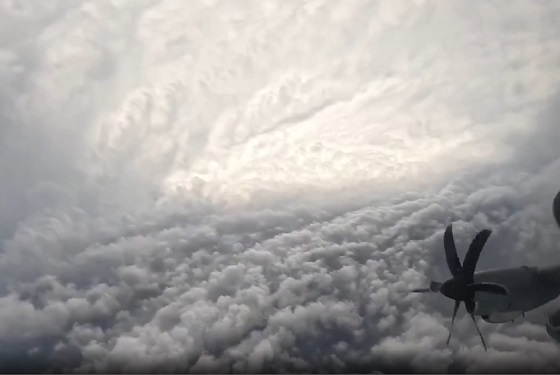
 International2 days ago
International2 days agoStrongest hurricane in 174 years makes landfall in Jamaica
-
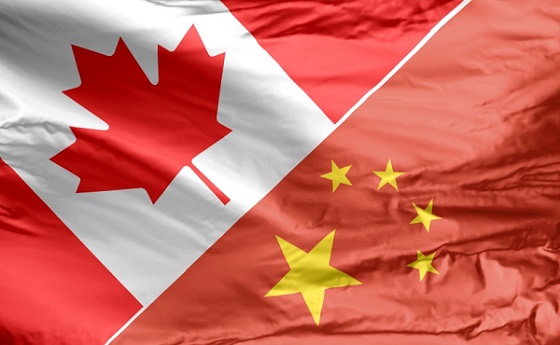
 Business2 days ago
Business2 days agoCanada has given $109 million to Communist China for ‘sustainable development’ since 2015
-

 Internet1 day ago
Internet1 day agoMusk launches Grokipedia to break Wikipedia’s information monopoly
-

 MAiD2 days ago
MAiD2 days agoStudy promotes liver transplants from Canadian euthanasia victims
-
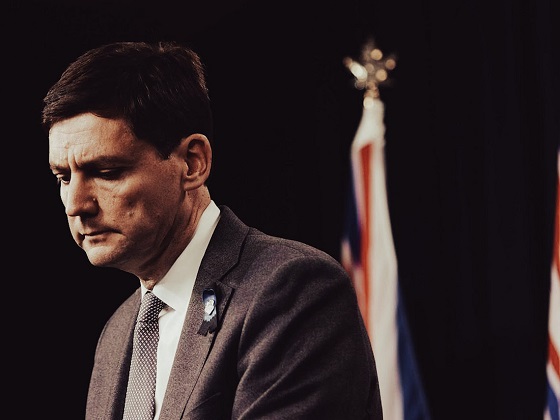
 Opinion2 days ago
Opinion2 days agoBritish Columbians protest Trump while Eby brings their province to its knees
-

 Business1 day ago
Business1 day agoBill Gates walks away from the climate cult
-

 Alberta15 hours ago
Alberta15 hours agoNobel Prize nods to Alberta innovation in carbon capture
-
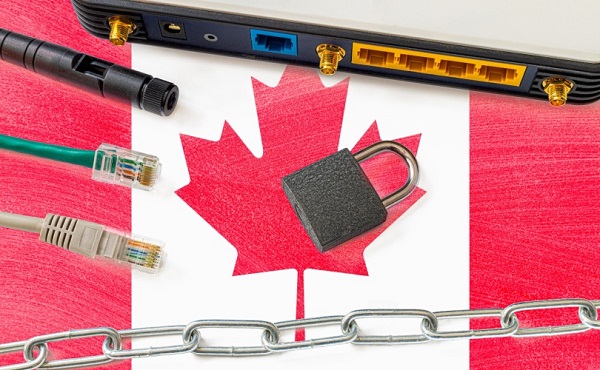
 Censorship Industrial Complex1 day ago
Censorship Industrial Complex1 day agoPro-freedom group to expose dangers of Liberal ‘hate crime’ bill before parliamentary committee


